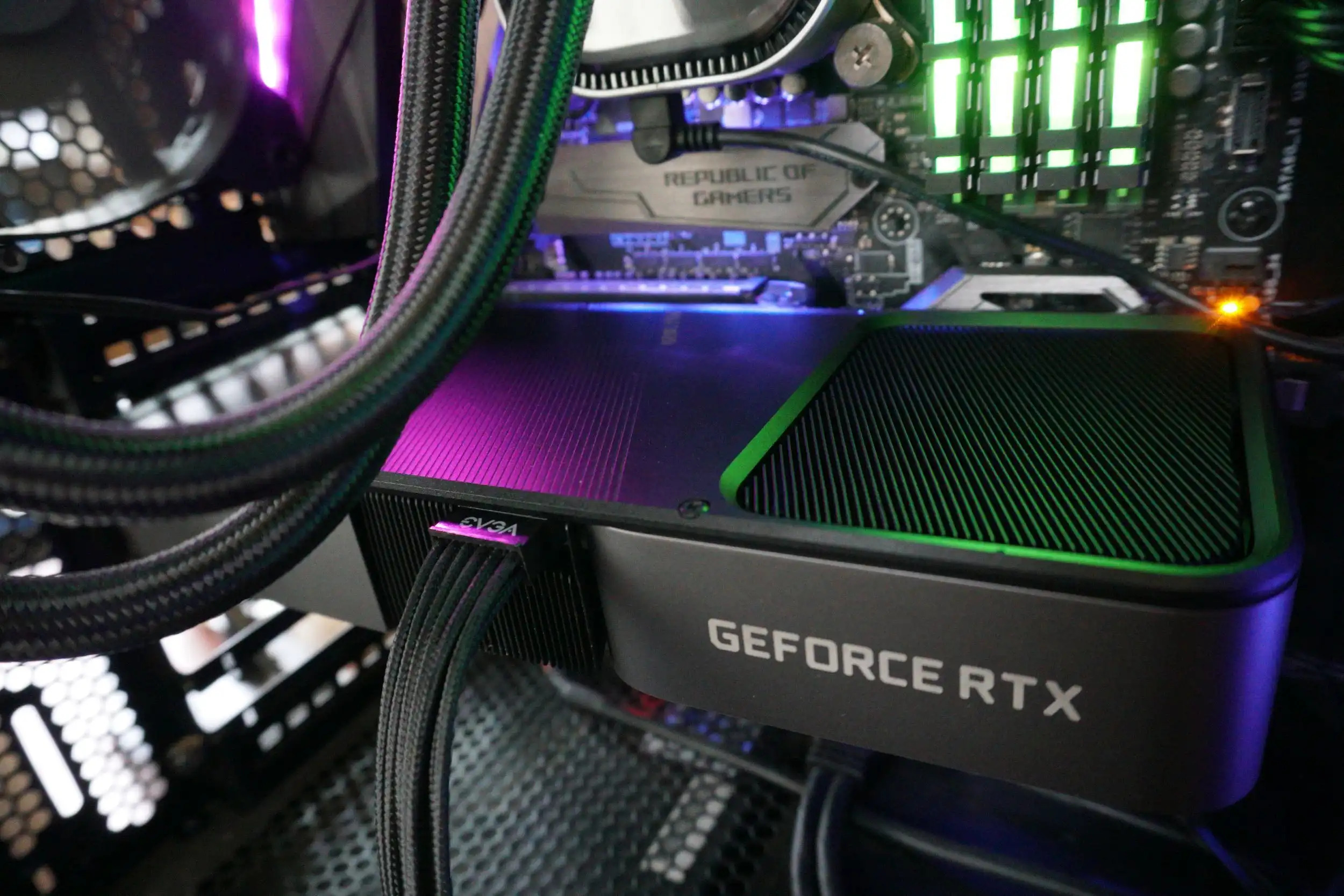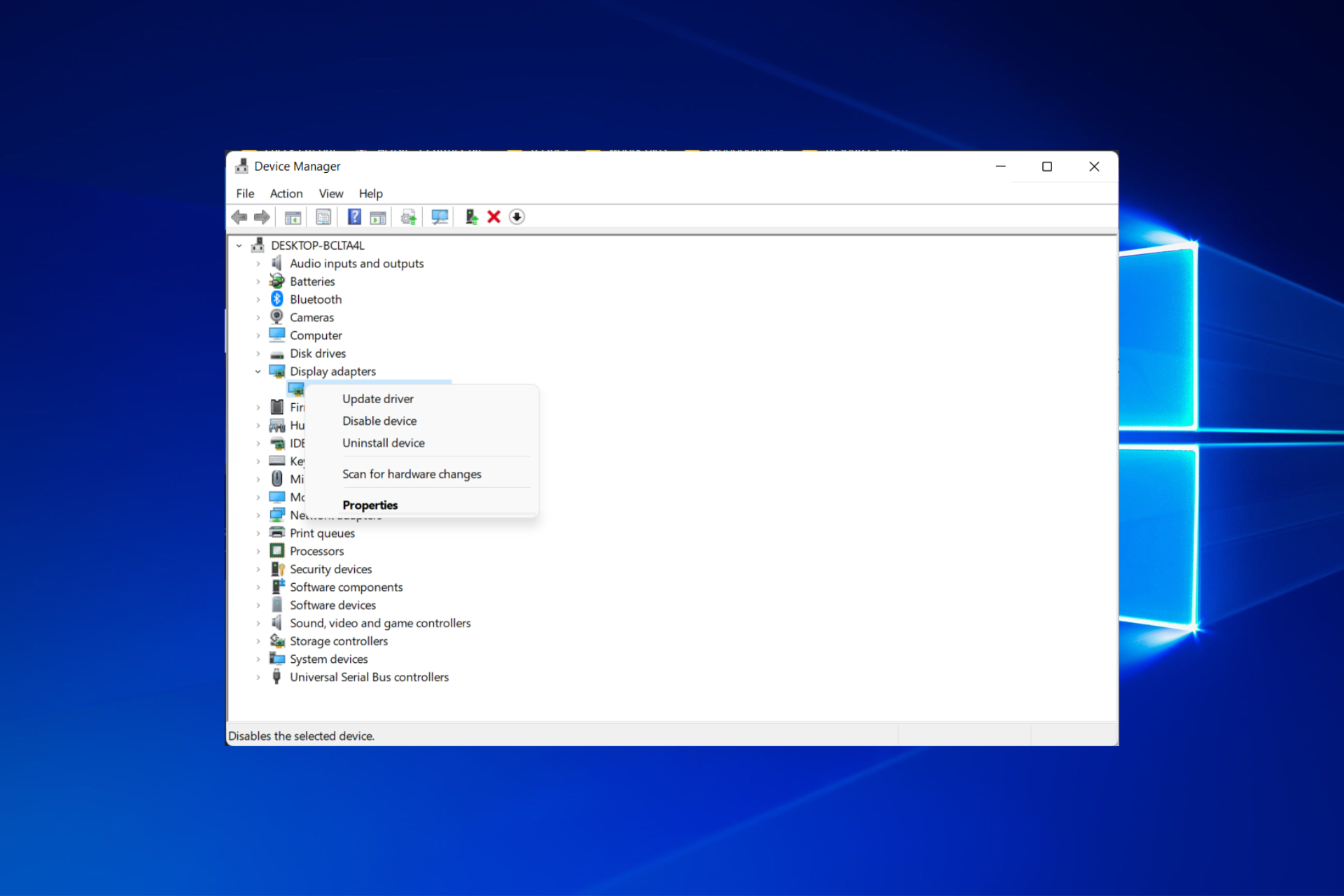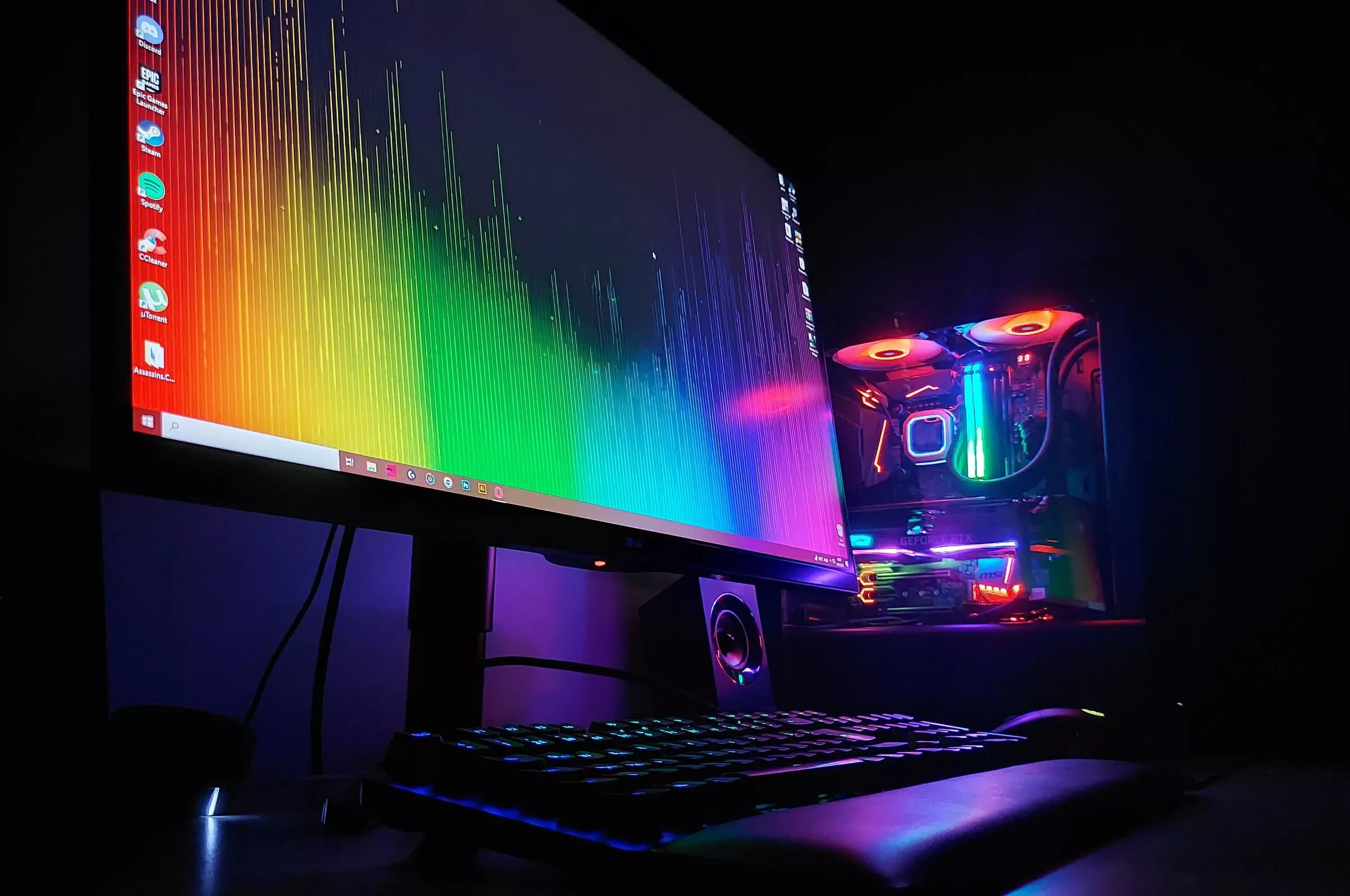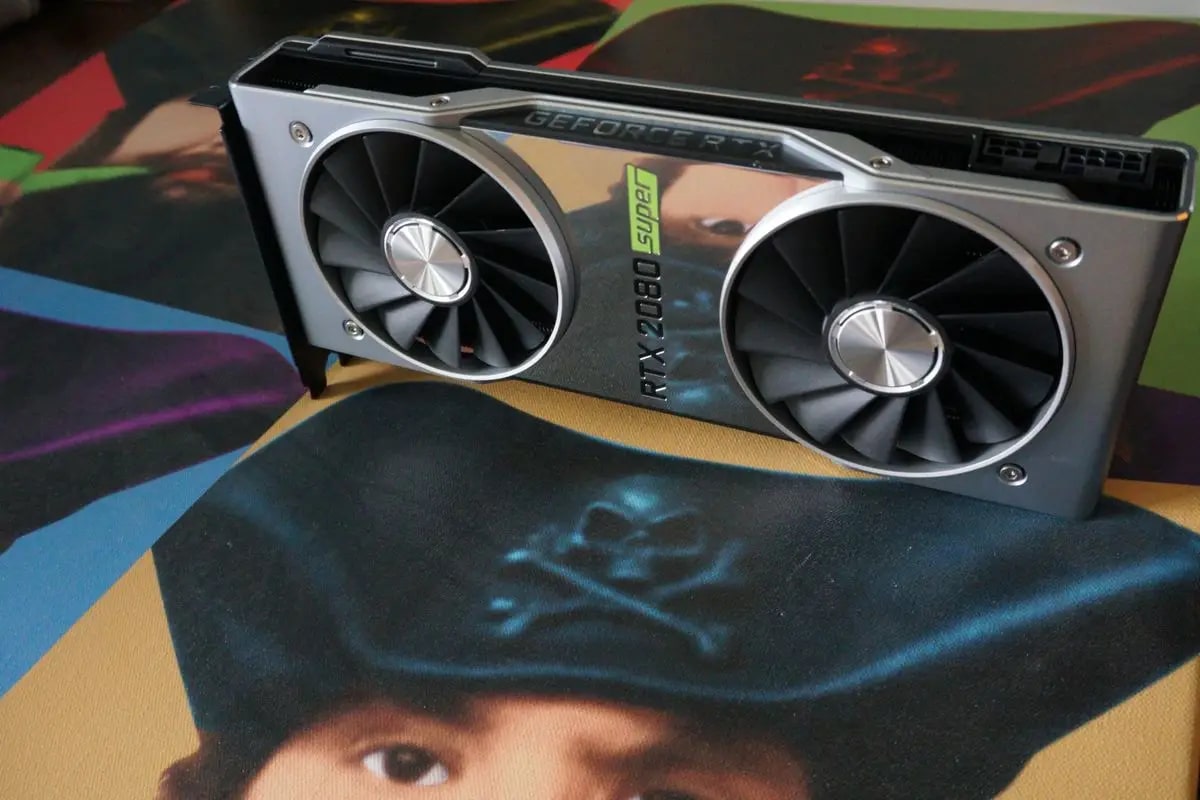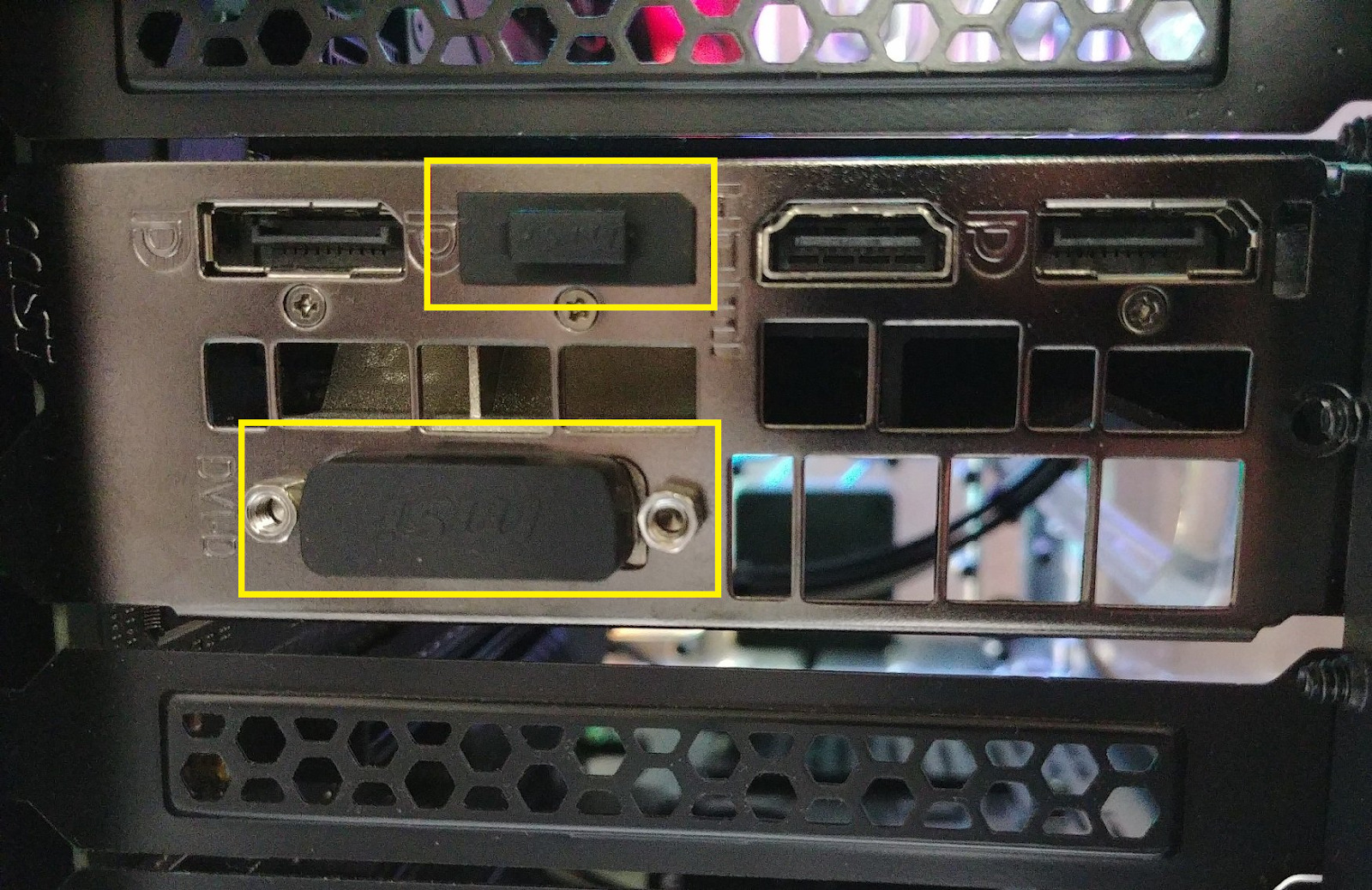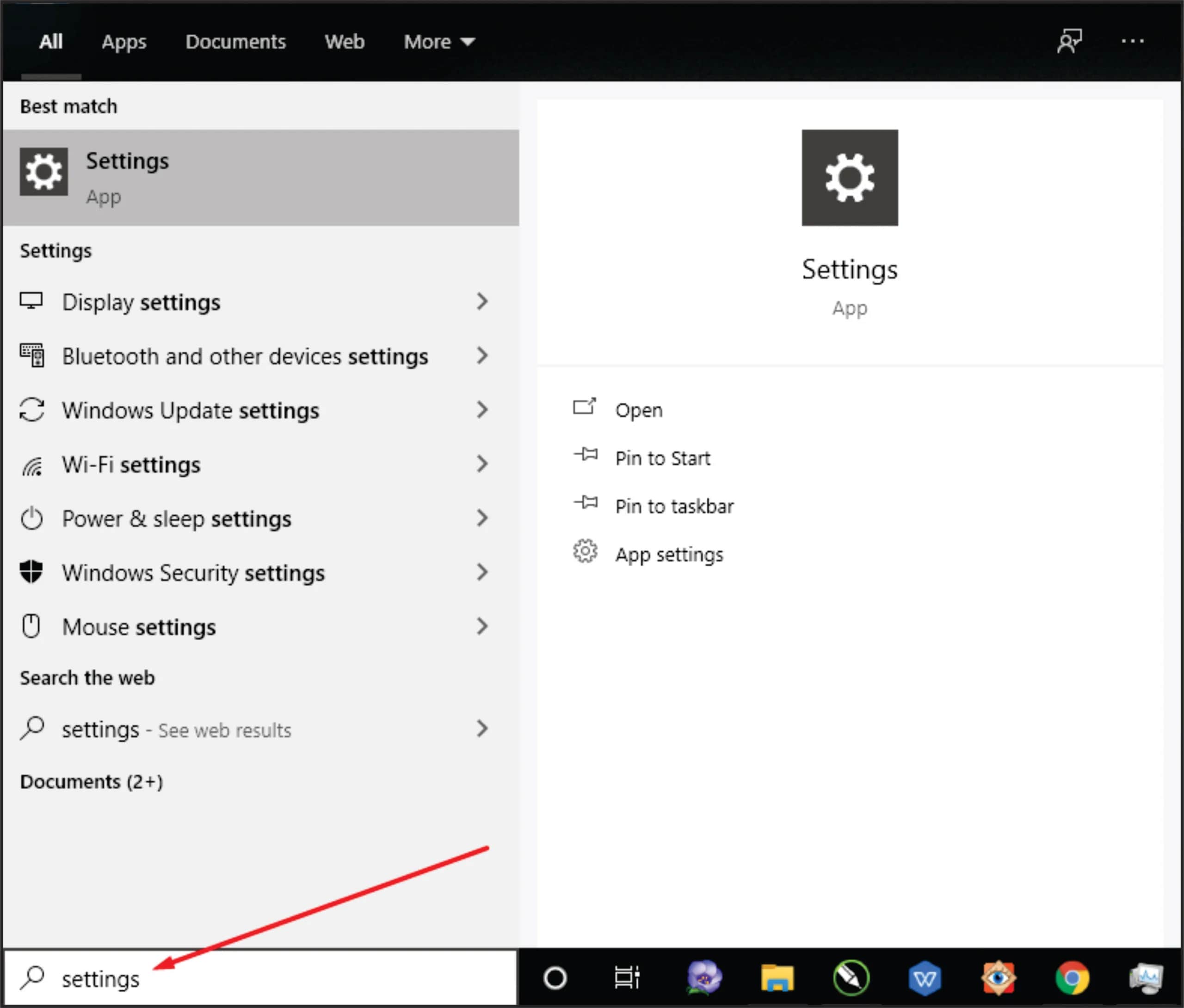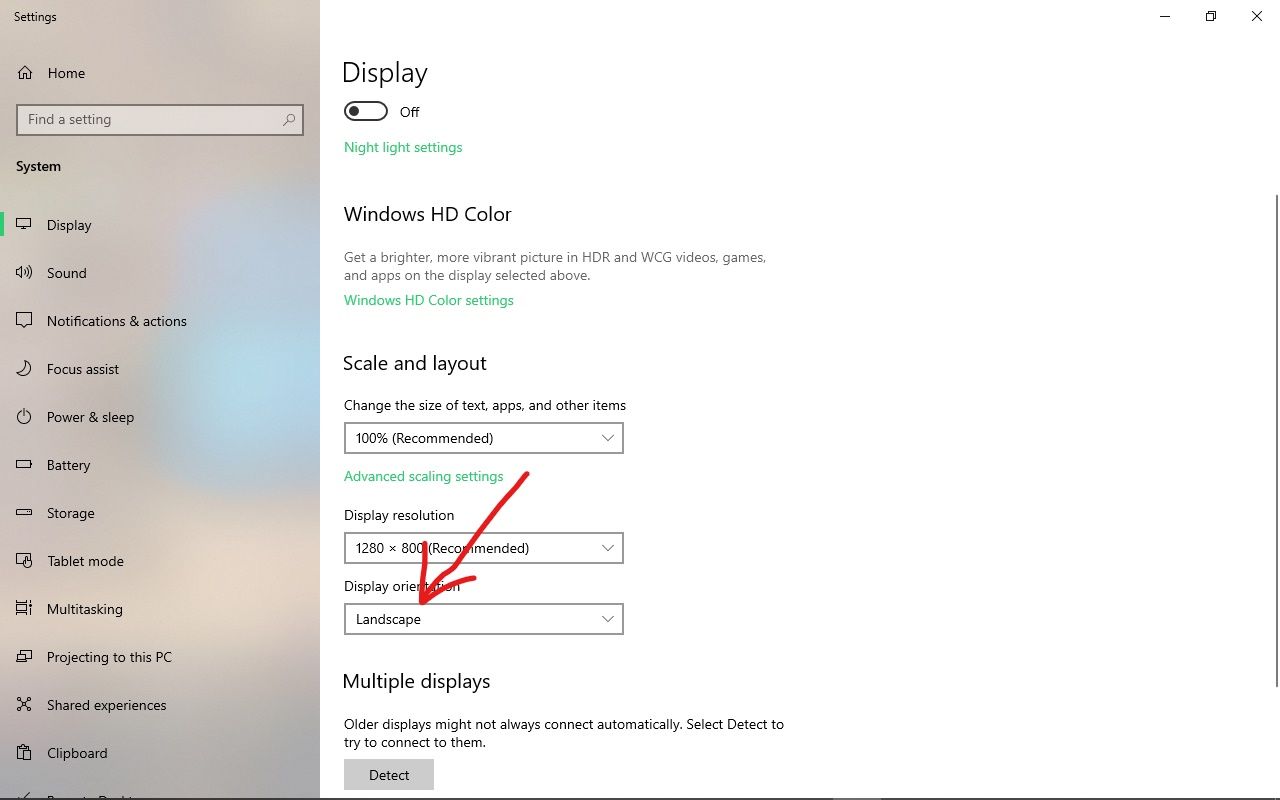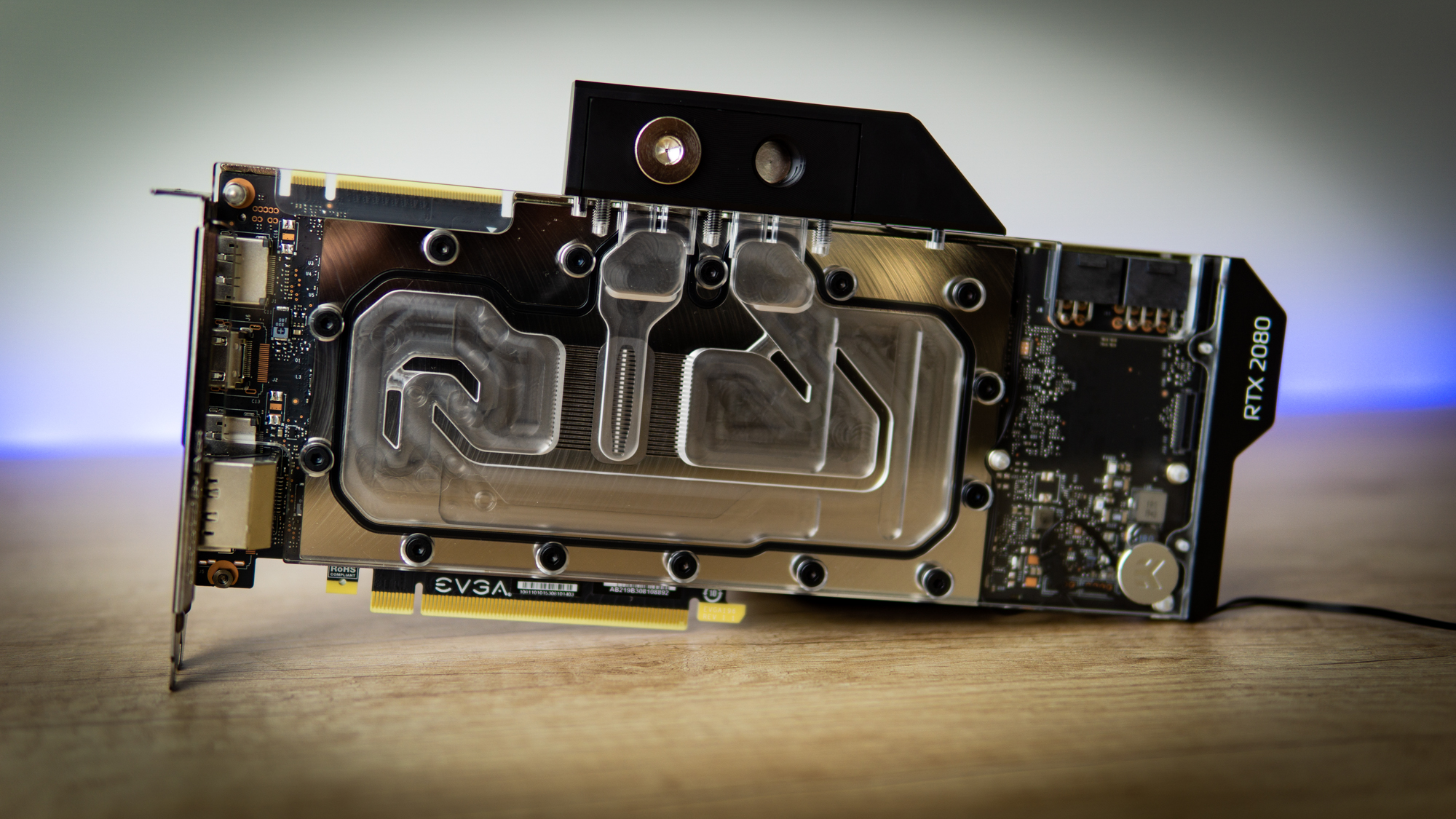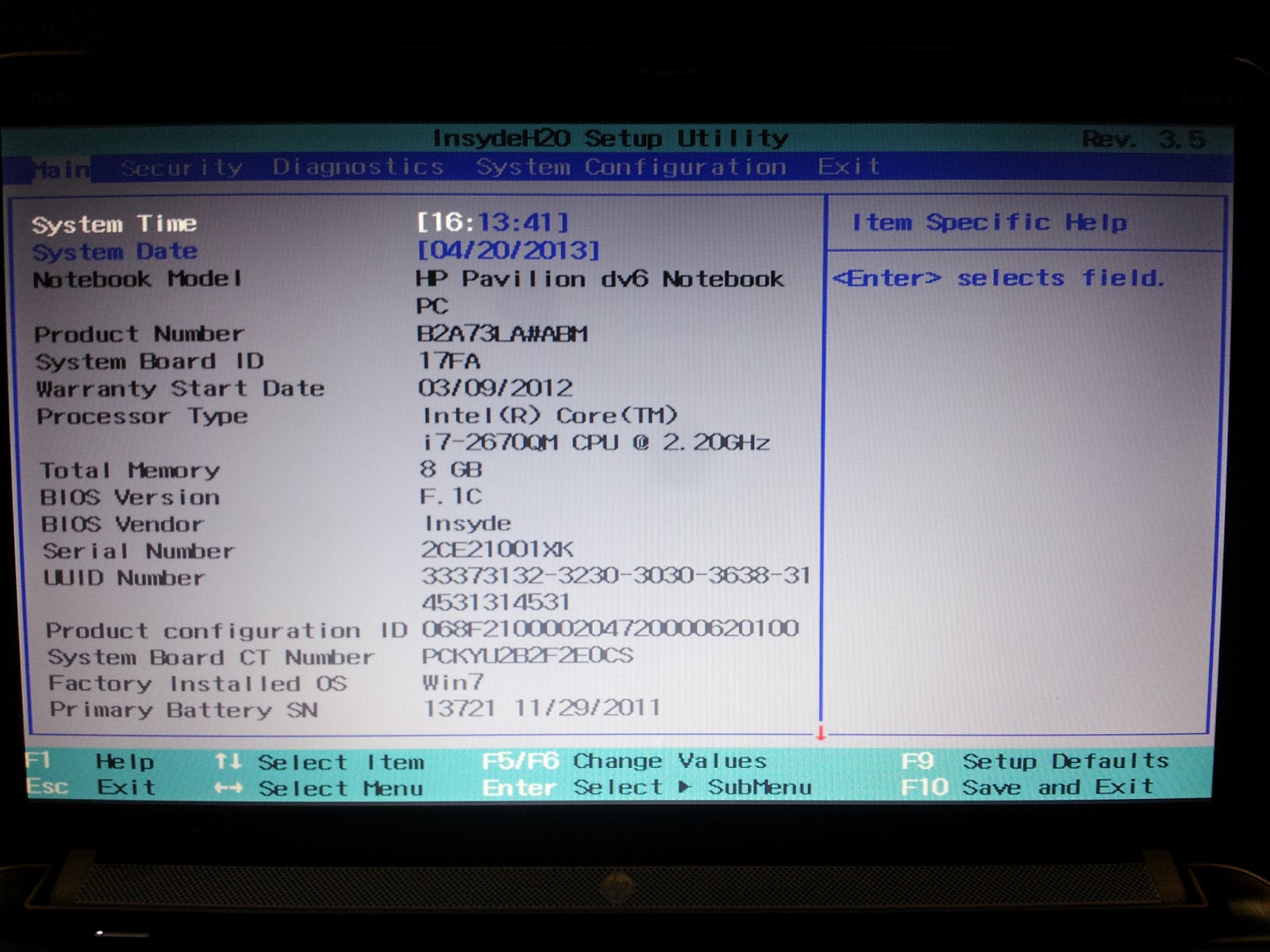What is a Graphics Card
A graphics card, also known as a video card or GPU (Graphics Processing Unit), is an essential component of a computer system that is responsible for rendering and displaying visual information on the screen. It is specifically designed to handle and process complex graphical tasks, including rendering 2D and 3D images, videos, and animations, as well as accelerating graphics-intensive applications.
A graphics card contains a dedicated processor, memory, and other components that work together to execute complex calculations necessary for generating high-quality visuals in real-time. These calculations involve manipulating geometry, applying textures, performing lighting effects, and rendering pixels, all of which contribute to the overall visual quality and performance of a computer system.
Graphics cards have evolved significantly over the years, with technological advancements allowing for faster processing speeds, increased memory capacity, and improved graphical capabilities. They come in various models and specifications to cater to different user requirements ranging from casual gamers to professional graphic designers and video editors.
In addition to enhancing the visual experience of users, graphics cards also play a crucial role in offloading the processing burden from the central processing unit (CPU), allowing it to focus on other tasks. By offloading graphical computations to the graphics card, the overall system performance is improved, resulting in smoother gameplay, faster video editing, and more responsive applications.
Overall, the graphics card is an indispensable component for any computer system that requires robust graphical processing capabilities. Its role in delivering high-quality visuals and improving system performance cannot be overstated. As technology continues to advance, we can expect even more powerful and efficient graphics cards with increasingly realistic and immersive graphics.
Importance of Graphics Card
The graphics card plays a crucial role in today’s technology-driven world, serving as a vital component for both casual users and professionals. Here are several reasons why the graphics card is important:
- Enhanced Visual Experience: One of the primary reasons for the importance of graphics cards is their ability to provide stunning visual experiences. Whether you’re watching high-definition videos, playing graphics-intensive games, or working on graphic design projects, a powerful graphics card can greatly enhance the clarity, detail, and smoothness of visual content.
- Smooth Gaming Performance: Gamers, in particular, understand the significance of a high-quality graphics card. It not only enables them to play the latest games at higher resolutions and frame rates but also allows for the use of advanced graphical settings, such as anti-aliasing and real-time ray tracing, to create more realistic and immersive gaming experiences.
- Productivity Boost for Professionals: Professionals who rely on graphic-intensive applications, such as video editing software, 3D modeling tools, and CAD software, benefit greatly from a powerful graphics card. These cards accelerate rendering times, enable smoother editing workflows, and facilitate real-time previews, ultimately improving productivity and efficiency.
- Efficient Multi-Monitor Setup: Many graphics cards support multiple monitor setups, allowing users to extend their desktop workspace over several screens. This is particularly useful for professionals who require a larger workspace for multitasking or gamers who want a more immersive gaming experience.
- Compatibility with Virtual Reality (VR) and Augmented Reality (AR): Virtual reality and augmented reality technologies rely heavily on powerful graphics processing. A capable graphics card is essential for smooth and immersive VR experiences by ensuring low-latency rendering, high frame rates, and realistic graphics.
While integrated graphics solutions found in most CPUs can handle basic graphical tasks, they often fall short when it comes to demanding applications and high-performance gaming. Having a dedicated graphics card addresses these limitations and unlocks the full potential of your computer system.
Therefore, investing in a quality graphics card is not only beneficial for gamers and graphics professionals but also for anyone who wants to enjoy visually stunning content and optimize their computer’s performance for various tasks.
CPU vs Graphics Card
The CPU (Central Processing Unit) and the graphics card are two essential components of a computer system, each serving different purposes and working together to provide optimal performance. Here’s a comparison between the CPU and graphics card:
CPU: The CPU is often referred to as the “brain” of the computer. It performs various tasks, including executing instructions, managing data, and controlling the overall operation of the system. The CPU is responsible for handling a wide range of tasks, including computational, logical, and general-purpose operations required by the operating system and applications.
Graphics Card: On the other hand, the graphics card focuses on performing complex calculations and rendering visual data. It is specialized in processing and generating high-quality graphics, including 2D and 3D images, videos, and animations. The graphics card has its own dedicated processor (GPU) and memory, specifically designed to handle graphical computations efficiently.
The main difference between the CPU and graphics card lies in their primary functions. While the CPU is responsible for general-purpose computing tasks such as running applications, managing system resources, and multitasking, the graphics card’s main focus is on delivering visually appealing and high-performance graphics.
When it comes to graphical tasks, the graphics card surpasses the CPU in terms of processing power and efficiency. It is optimized for parallel processing, allowing it to perform multiple calculations simultaneously, while the CPU excels at sequential processing. This parallel processing capability of the graphics card makes it ideal for rendering complex scenes, executing shaders, handling large textures, and performing other graphics-intensive tasks.
However, it’s important to note that the CPU and graphics card work in tandem to deliver optimal performance. The CPU initiates and coordinates the overall operation of the system, while the graphics card takes over the graphical computations, allowing the CPU to focus on other tasks. Both components complement each other, resulting in a smoother and more immersive computing experience.
Furthermore, modern CPUs often include integrated graphics capabilities that provide basic graphical processing. While these integrated graphics solutions are sufficient for everyday computing tasks and basic visuals, they are not as powerful as dedicated graphics cards when it comes to demanding applications, gaming, or professional graphics work.
To summarize, the CPU and graphics card are integral parts of a computer system, with the CPU handling general-purpose tasks and the graphics card specializing in high-performance graphics processing. Together, they ensure a well-rounded computing experience, allowing users to enjoy enhanced visuals, faster rendering, and improved overall system performance.
Where is Your Graphics Card Located
The location of the graphics card in a computer system varies depending on whether it is a desktop computer or a laptop. Here’s a breakdown of where you can typically find the graphics card in each:
Location in Desktop Computers:
In desktop computers, the graphics card is usually installed in a dedicated expansion slot on the motherboard. This slot is known as the PCI Express (PCIe) slot, which allows for high-speed communication between the graphics card and the rest of the system. The exact location of the PCIe slot may vary depending on the motherboard model, but it is typically found towards the bottom of the motherboard, spaced away from other components to allow for proper airflow and heat dissipation.
Once you open the computer case, you can easily identify the graphics card by looking for a rectangular circuit board with a fan or heatsink attached to it. The graphics card is often positioned parallel to the back of the computer case, with its video output ports accessible through an opening on the back panel. These video output ports are used to connect your monitor or other display devices to the graphics card.
Location in Laptops:
In laptops, the graphics card is generally located inside the chassis and is not easily accessible or removable like in desktop computers. Most laptops come with integrated graphics solutions, where the graphics processing is handled by the CPU or a dedicated GPU integrated into the motherboard. However, some higher-end gaming laptops or specialized models may feature discrete graphics cards that can be upgraded or replaced.
To determine the location of the graphics card in a laptop, you may need to refer to the manufacturer’s documentation or specifications. In some cases, the graphics card may be positioned beneath a removable panel on the bottom of the laptop, requiring you to remove screws or clips to access it. However, it’s crucial to note that not all laptops allow for easy access to the graphics card, and attempting to disassemble your laptop without proper knowledge or expertise may void the warranty or cause damage.
It’s also worth mentioning that external graphics card enclosures have become popular in recent years. These enclosures allow users to connect a graphics card externally to a laptop or desktop computer via a high-speed interface like Thunderbolt. This provides the flexibility to upgrade the graphics performance of a laptop or add additional graphics power to a desktop setup.
Remember, before attempting to locate or handle the graphics card, it’s important to refer to the user manual or seek guidance from a professional if you are unsure. Mishandling or improper installation can cause damage to the graphics card or other components.
Location in Desktop Computers
In desktop computers, the graphics card is typically installed in a dedicated expansion slot on the motherboard. This expansion slot is called the PCI Express (PCIe) slot, which allows for high-speed communication between the graphics card and the rest of the system. The exact location of the PCIe slot may vary depending on the motherboard model, but it is generally positioned towards the bottom of the motherboard, away from other components to ensure proper airflow and heat dissipation.
When you open your desktop computer case, you can easily identify the graphics card by looking for a rectangular circuit board with a fan, heatsink, or both attached to it. The graphics card is usually positioned parallel to the back of the computer case, with its video output ports accessible through openings on the back panel. These video output ports, such as HDMI, DisplayPort, DVI, or VGA, are used to connect your monitor or other display devices to the graphics card.
In some cases, particularly with larger and more powerful graphics cards, you may find that the card extends beyond the length of the motherboard. These longer cards are commonly referred to as “dual-slot” or “triple-slot” graphics cards, due to their wider form factor. It’s important to ensure that your computer case has enough clearance and space to accommodate these larger cards.
Additionally, some high-end motherboards may provide multiple PCIe slots for installing multiple graphics cards in a configuration called SLI (Scalable Link Interface) or CrossFireX. This allows for increased graphics processing power by utilizing multiple graphics cards working together. In SLI or CrossFireX setups, the graphics cards are positioned side by side in the PCIe slots, with an appropriate bridge connector linking them to enable communication.
When installing or upgrading a graphics card in a desktop computer, it’s important to consider factors such as power requirements, physical dimensions, and compatibility with the motherboard’s PCIe slot version. It’s also advisable to ensure that your power supply unit (PSU) can provide enough power to the graphics card, as some high-performance cards may have higher power consumption demands.
Ensuring that the graphics card is properly installed in the PCIe slot and securely fastened is essential to prevent any connection issues or damage. Proper cable management inside the computer case can also help maintain a clean and organized setup while ensuring adequate airflow around the graphics card for optimal cooling.
Overall, the graphics card’s location in desktop computers is typically within the PCIe slot on the motherboard, positioned parallel to the back panel of the computer case. Being aware of this location is helpful when installing, upgrading, or troubleshooting graphics card-related issues in a desktop computer system.
Location in Laptops
In laptops, the location of the graphics card differs from that of desktop computers. While most laptops come with integrated graphics solutions, where the graphics processing is handled by the CPU or a dedicated GPU integrated into the motherboard, some higher-end gaming laptops or specialized models may feature discrete graphics cards that can be upgraded or replaced.
Unlike desktop computers, the graphics card in a laptop is generally positioned inside the chassis and is not easily accessible or removable. It is integrated onto the motherboard and shares the same physical space as other components. The exact location of the graphics card varies depending on the laptop’s design and model.
To determine the location of the graphics card in a laptop, it is recommended to refer to the laptop’s manufacturer documentation or specifications. In some cases, the graphics card may be located beneath a removable panel on the bottom of the laptop. This panel may require the removal of screws or clips to access it.
Once you have accessed the interior of the laptop, you may identify the graphics card as a smaller circuit board, often with a fan or heatsink attached to it. However, it’s important to note that not all laptops allow for easy access to the graphics card, and attempting to disassemble your laptop without proper knowledge or expertise may void the warranty or cause damage.
It’s worth mentioning that with the rise of external graphics card enclosures, some laptop users have the option to connect a graphics card externally to their laptop via a high-speed interface like Thunderbolt. These enclosures provide the flexibility to upgrade the graphics performance of a laptop or add additional graphics power to a desktop setup, offering an alternative to the limitations of internal graphics cards in laptops.
For those considering a gaming laptop or a laptop for graphic-intensive tasks, it is crucial to carefully review the specifications and options available. Some laptops may advertise the presence of a dedicated or discrete graphics card, while others rely solely on integrated graphics solutions.
Before attempting to locate or handle the graphics card in a laptop, it’s advisable to refer to the user manual or seek guidance from a professional if uncertain. Mishandling or attempting to disassemble a laptop without proper knowledge can lead to damage or voiding the warranty.
In summary, the location of the graphics card in laptops is typically integrated onto the motherboard, making it less accessible compared to desktop computers. Consulting the laptop’s documentation or reaching out to the manufacturer is essential to determine the specific location and availability of the graphics card.
How to Check the Location of Your Graphics Card
If you’re unsure about the location of the graphics card in your computer system, you can follow these steps to check its location:
- Desktop Computers:
- Shut down your computer and unplug it from the power source.
- Open the computer case by removing the screws or latches on the side panel.
- Once the case is open, locate the motherboard. It is the main circuit board where all the components are connected.
- Look for a long rectangular slot on the motherboard. This is called the PCIe (PCI Express) slot where the graphics card is installed.
- Identify the graphics card within the PCIe slot. It should be a circuit board with a fan or heatsink attached to it, usually positioned parallel to the back of the computer case.
- Take note of the video output ports on the back of the graphics card. These ports are used to connect your monitor or other display devices.
- Once you have located the graphics card, carefully close the computer case, ensuring that all screws or latches are secure.
- Plug in and power on your computer.
- Laptops:
- Shut down your laptop and disconnect it from any power source.
- Refer to the manufacturer’s documentation or specifications for your laptop model.
- Look for information regarding the presence and location of the graphics card. The documentation may provide details on whether it is integrated into the motherboard or if it is removable and upgradeable.
- If the graphics card is removable, you may need to unscrew or remove a panel on the bottom of the laptop to access it.
- Exercise caution when accessing the internal components of your laptop, and refer to professional guidance if necessary.
- Identify the graphics card within the laptop’s interior. It may appear as a small circuit board with a fan or heatsink attached.
- Once you have checked the location, securely close the laptop’s panel or cover.
- Power on your laptop.
Remember, if you encounter any difficulties or are unsure about checking the location of your graphics card, it is always recommended to consult the manufacturer’s documentation, seek professional assistance, or contact customer support for further guidance.
Troubleshooting Graphics Card Issues
While graphics cards are essential for delivering high-quality visuals and smooth performance, they can occasionally encounter issues. Here are some troubleshooting steps to follow if you’re experiencing graphics card problems:
- Update Graphics Card Drivers: Outdated or incompatible graphics card drivers can cause various issues. Visit the manufacturer’s website or use their dedicated software to download and install the latest drivers for your specific graphics card model.
- Check for Overheating: Graphics cards can overheat, leading to performance issues or system crashes. Ensure that the cooling fans or heatsinks on the graphics card are functioning properly, clean any dust buildup, and ensure proper airflow within the computer case.
- Verify Power Supply: Insufficient power supply can cause graphics card issues. Check if your power supply unit (PSU) provides enough power for the graphics card, especially if you have made recent hardware changes.
- Reseat the Graphics Card: Sometimes, the graphics card might become loose or improperly seated in the PCIe slot. Turn off your computer and carefully remove the graphics card from the slot. Then, reinsert it firmly, ensuring a proper connection.
- Adjust Graphics Card Settings: Incorrect graphics card settings or driver configurations can cause display issues. Open the graphics card control panel and adjust settings such as resolution, refresh rate, and color depth to match your monitor’s specifications.
- Check for Conflicting Software: Certain software, particularly graphics-intensive applications or game overlays, can conflict with the graphics card. Temporarily disable or uninstall any recent software that may be causing the issue and check if the problem persists.
- Perform a Clean Reinstallation: If you have tried other troubleshooting steps without success, consider performing a clean reinstallation of the graphics card drivers. Completely uninstall the current drivers, restart your computer, and then install fresh drivers from scratch.
- Test with a Different Monitor or Cable: Sometimes, the issue may lie with the monitor or the video cable. Test your graphics card with a different monitor or cable to rule out any potential problems with your current setup.
- Seek Professional Help: If you have tried all the troubleshooting steps and are still experiencing graphics card issues, it may be necessary to consult a professional computer technician for in-depth diagnosis and repair.
Remember to take proper precautions when troubleshooting graphics card issues, such as ensuring the computer is turned off and using anti-static wristbands. Additionally, document any error messages or symptoms you encounter, as this information can be useful when seeking technical support or assistance.
By following these troubleshooting steps, you can often pinpoint and resolve graphics card issues, restoring optimal performance and visual quality to your computer system.
Conclusion
The graphics card is a crucial component of any computer system, responsible for delivering visually stunning graphics and ensuring smooth performance in graphics-intensive applications and games. Understanding the location and importance of the graphics card can aid in troubleshooting and optimizing its functionality.
In desktop computers, the graphics card is typically located in a dedicated PCIe slot on the motherboard. It can be easily identified by its rectangular circuit board with a fan or heatsink attached, positioned parallel to the back of the computer case. In laptops, the location varies, with most laptops featuring integrated graphics solutions while some higher-end models may have discrete graphics cards that are not easily accessible.
To check the location of your graphics card, consult the manufacturer’s documentation and follow specific steps for your computer setup. Ensuring proper cooling, updating drivers, and verifying power supply can help address common graphics card issues. If problems persist, seeking professional assistance is recommended.
By having a good understanding of the graphics card and its role in your computer system, you can make informed decisions when it comes to upgrading or troubleshooting, ultimately enhancing your overall computing experience.







